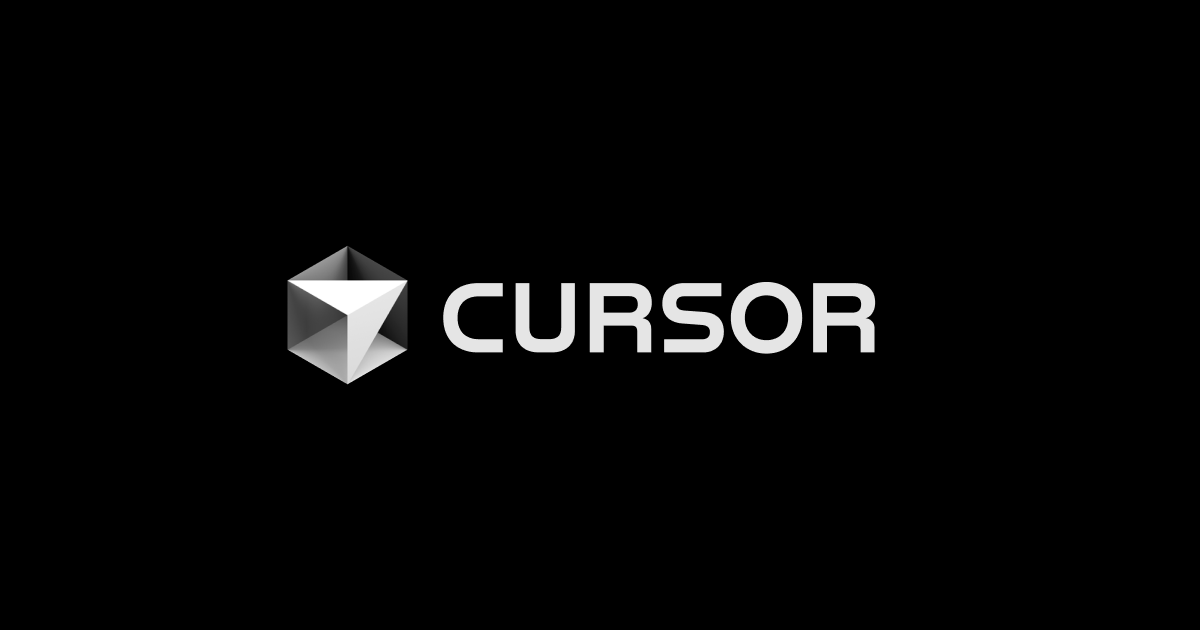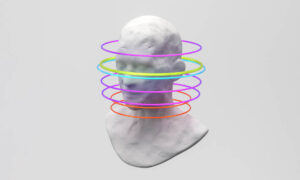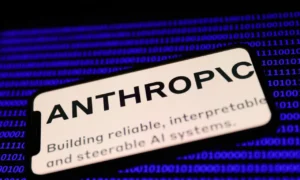Cursor, the breakout AI coding editor, is making another move — this time straight into your browser. The newly launched web app expands access to Cursor’s background agents and brings task automation closer to where teams actually work.
With major enterprises already onboard, the product push signals Anysphere’s bid to make AI agents a standard part of modern software development.
Cursor Breaks Out of the IDE
On Monday, Cursor launched a web-based interface that allows users to assign and manage AI coding agents across devices. It’s the third major product rollout in as many months — following background agents in May and Slack integration in June.
This new web app lets users submit natural language tasks, monitor progress, and approve agent-generated code changes from anywhere. Users can also view and merge output directly into their codebase, without switching back to the IDE.
The company behind Cursor, Anysphere, says the move is about reducing friction.
“You noted how customers want Cursor in more places. I think they also want Cursor to solve more of the problems they’re having,”
said Andrew Milich, Cursor’s head of product engineering, in an interview with TechCrunch.
Cursor’s rise in enterprise environments has been steep. The company reports more than half of the Fortune 500 now use Cursor, with clients including NVIDIA, Uber, and Adobe.
Revenue is also scaling fast. In June, Anysphere announced Cursor had surpassed $500 million in annualized recurring revenue, driven primarily by monthly subscriptions.
To further tap into that demand, Anysphere recently introduced a $200/month Pro tier, aimed at high-volume users and larger teams.
Cursor’s Tools Are Spreading Fast — Here’s How
The pace of Cursor’s product expansion is deliberate. After launching background agents in May — AI systems that autonomously complete software tasks — the company followed up in June with Slack support. That feature lets users tag @Cursor to delegate issues directly in team chats.
With this week’s web app launch, the Cursor experience now stretches across the IDE, Slack, and browser.
The web app supports background agents that can:
-
Write features
-
Fix bugs
-
Monitor task status
-
Share unique URLs for team oversight
-
Merge finished code
Milich says the goal is to ensure AI is not just available — but useful where developers are already working.
What This Means for How Devs Actually Work
Cursor’s background agents aren’t demos or labs. Anysphere has avoided releasing “demo-ware” — a common critique of early AI coding agents that failed in real-world scenarios.
The company believes improvements in AI reasoning models now make agents viable for practical engineering tasks.
Cursor is “not shipping demo-ware,” the company told TechCrunch, emphasizing its focus on production-grade performance.
And the ambition is clear. In a June interview with Stratechery, Anysphere CEO Michael Truell projected that by 2026, AI coding agents will be capable of performing at least 20% of a software engineer’s work.
The new web app is another step toward realizing that forecast.
What Cursor’s Team Is Saying About the Launch
“You noted how customers want Cursor in more places. I think they also want Cursor to solve more of the problems they’re having.”
— Andrew Milich, Head of Product Engineering, Cursor
AI coding agents will handle “at least 20% of a software engineer’s work by 2026.”
— Michael Truell, CEO of Anysphere, via Stratechery
What’s Next in Cursor’s Push for Smarter Agents
Cursor’s expansion across platforms shows it’s building more than just an AI IDE — it’s architecting an ecosystem. With shareable agent links, multi-channel support, and broad enterprise adoption, the company is making a case for AI agents as infrastructure, not just assistance.
As reasoning models get stronger and workflows more integrated, the 20% productivity promise may become a new baseline.
Would you trust a coding agent to take on 20% of your engineering work? Or is that bar still too high?



























